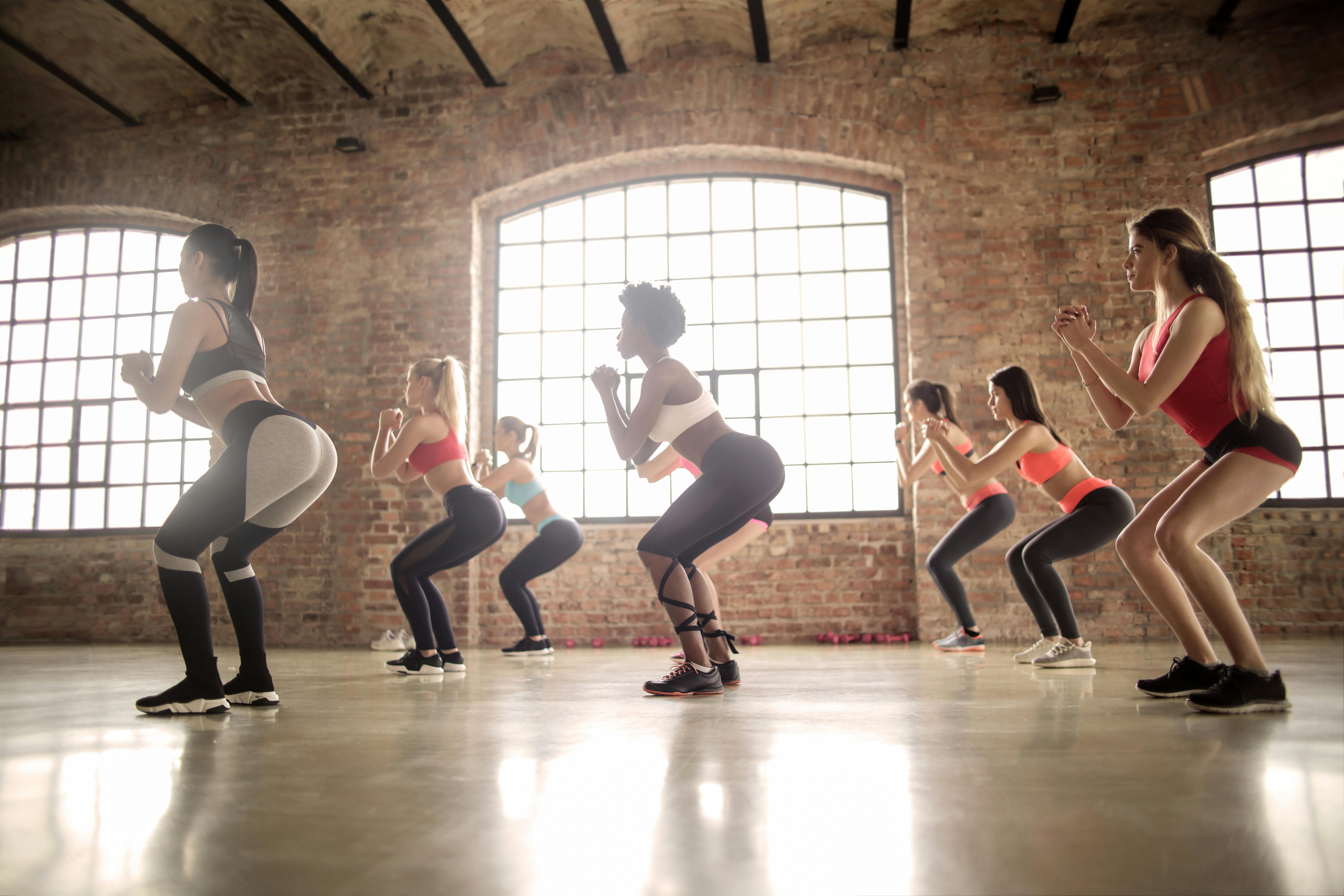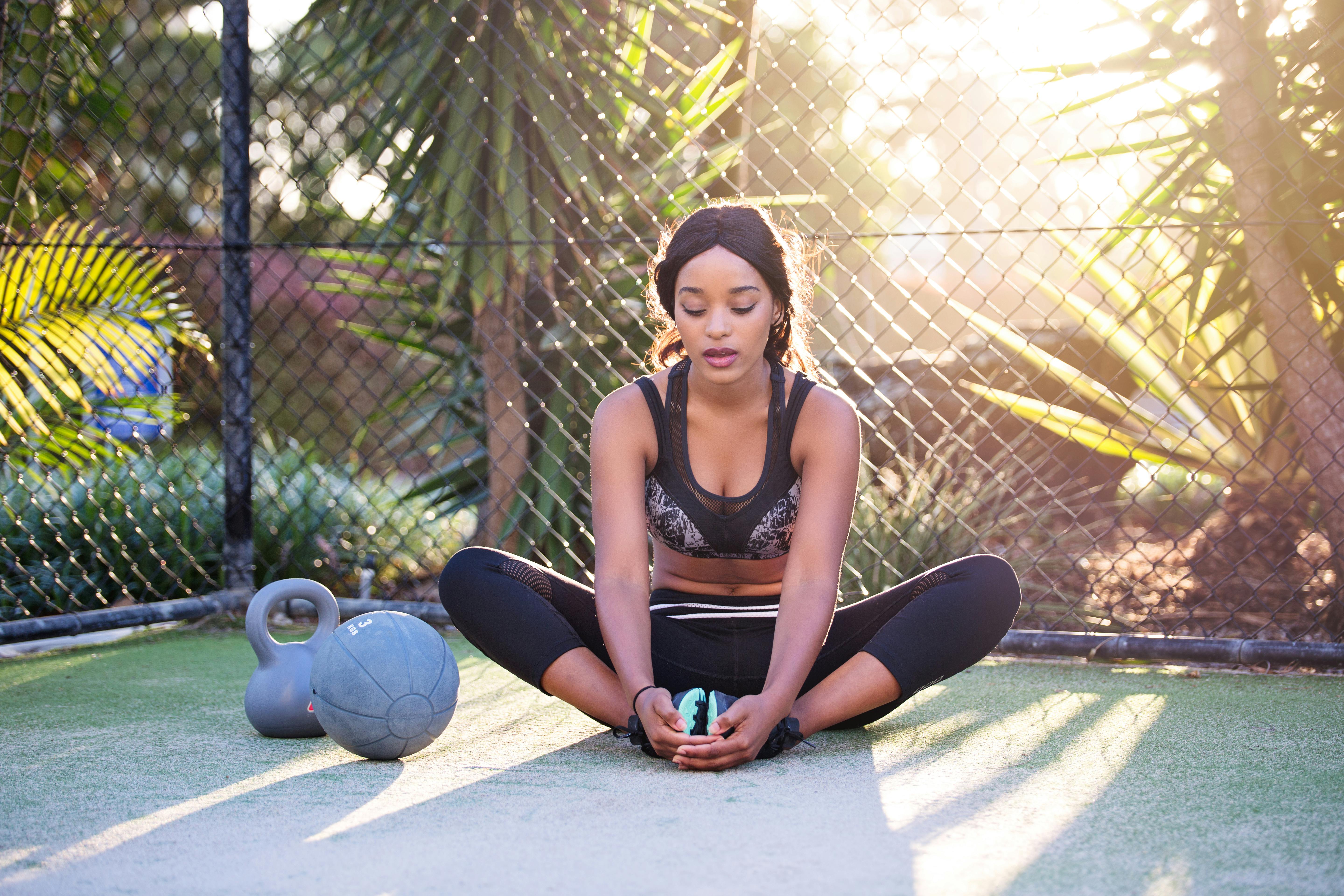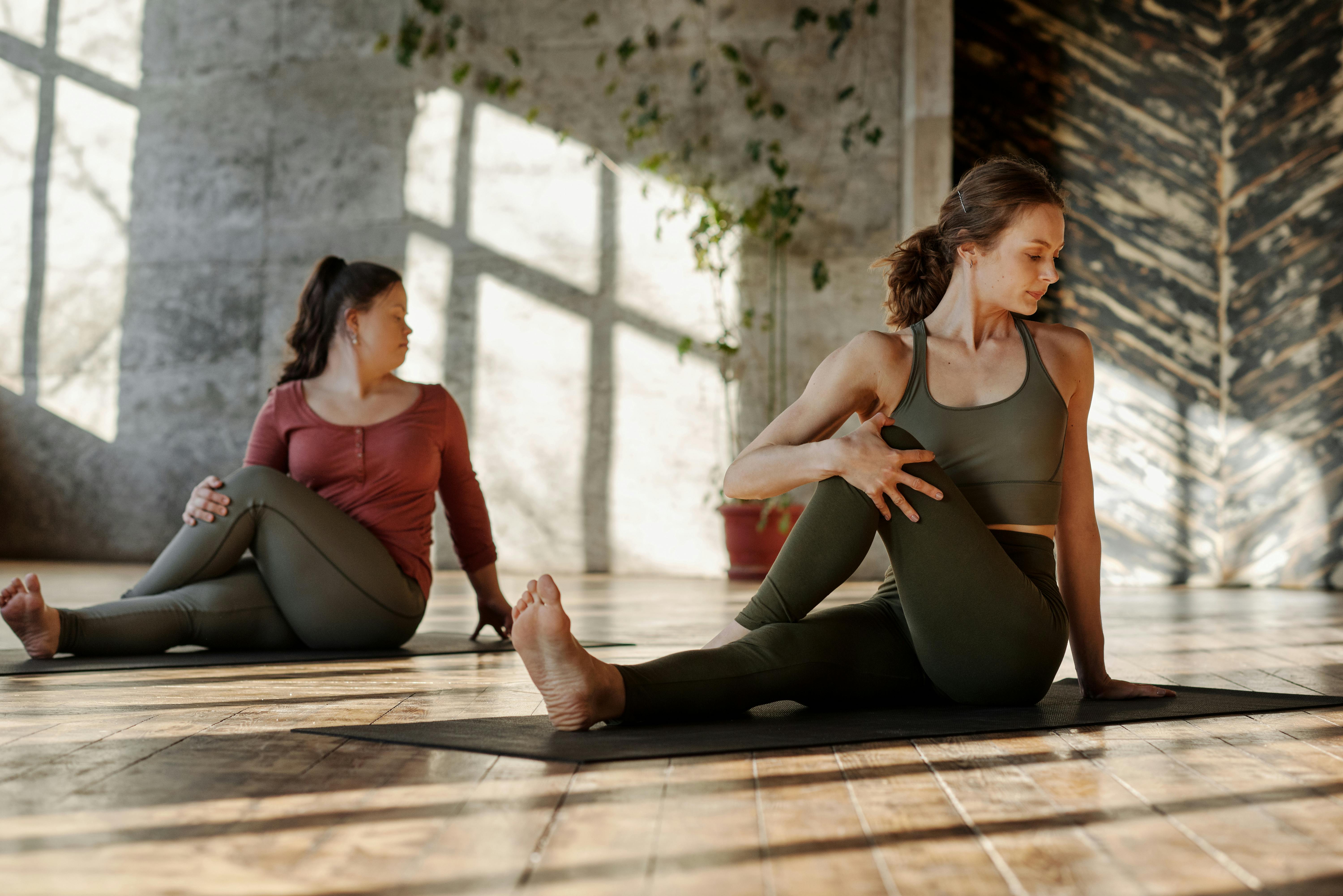Secrets to Improving Your Vertical Jump
If you’re an athlete, working to increase your vertical leap can help you progress in your sport. You can excel in several sports, like volleyball, basketball, and gymnastics, by building a strong vertical leap that doesn’t require any special techniques.
It will also help to improve your general athleticism and flexibility. Your vertical leap can be enhanced by weight training, plyometrics, and calisthenics.
Polymetric exercises: secrets to improve jump

Image via Pexels.com
Plyometric exercises are one of the finest strategies to improve your vertical leap. These exercises use explosive force to teach and build your muscles. These exercises all require you to jump, and their effectiveness is based only on your own body weight.
Plyometric workouts should only be done twice a week, with at least two days off in between.
Make time for uninterrupted rest on at least one day of the week for yourself.
Jump squats: secrets to improve jump
With your feet hip-width apart, squat as low as you can. But instead of gingerly getting back to your feet, leap out of your squat and try a 180-degree spin. After the jump, stoop down rather than trying to land upright. Continue, hopping in various directions. For example, begin by turning right, then left, and so forth.
Work on 3 sets of 5 until it seems natural, then go to 3 sets of 8.
Bulgarian Squats

Image via Pexels.com
Standing a few steps away from a bench or chair, place your non-working leg up on the seat with the top of your foot flat on the surface. Lower your torso until your back knee nearly touches the floor, then push back up through the heel of your front foot that is on the ground. This equals one rep.
Complete three sets of eight repetitions.
Box jumps: secrets to improve jump
Invest in a box or platform that can hold your weight. Place the box in front of you. Leap abruptly onto the box or platform. Make the most of the electricity that you have. Turn around and drop to your knees.
Begin with three iterations. Give quality precedence over quantity.
Jump rope

Image via Pexels.com
You can improve your jumping technique by using a jumping rope to strengthen the muscles needed to make a vertical leap. Where there is sufficient room for the rope over your head, like on a solid surface like a hardwood floor, is where you should jump. Jump for ten minutes every day. If you can’t finish it all at once, break it up into jumping segments that last two to three minutes each, interspersed with rest periods and/or other exercises.
Don’t “skip” rope, which is the practice of jumping while keeping one foot planted to mimic running. Instead, try to maintain a firm ankle-to-foot contact while simultaneously hopping with both feet.
Do calisthenics: secrets to improve jump
Calisthenics includes basic bodyweight movements that promote muscular development. With no specific equipment needed, calisthenics is a great way to improve your strength and agility anywhere. Engage in leg-focused resistance training to improve your vertical leap.
Climbing activities include lunges, sit-ups, jumping jacks, and push-ups.
Trap bar deadlifts

Image via Pexels.com
Trap bars are not the same as regular barbells since they have an open center that allows the user to enter. You’ll be positioned in the middle of the barbell. Reach for the barbell, bend over, and rise. Lift the trap bar as you go up, keeping the barbell near your torso. Arms ought to stay by your sides. Before lowering the weight, hold it for a little period of time.
Use the largest weights you are capable of lifting during a deadlift.
Keep the bar close to your torso and your arms extended downward. Don’t tie your elbows up.
Single arm dumbbell stretches: secrets to improve jump
Place the dumbbell on the ground in front of you. As you squat down, grab the dumbbell with one hand. raising the dumbbell while standing. Hold a dumbbell above your head. After a brief period of holding, release the weight to its starting position.
Complete three sets of eight repetitions. Start out slowly and focus on your speed.
Weighted squats
Place your feet hip-width apart. A barbell or two dumbbells should be raised to shoulder height and set down there. As much as possible, lower yourself while maintaining the same position for the weights. Return to your feet and take a stance.
Try three eight-piece sets. When using dumbbells, start with 5-lb (2.25 kg) weights and work your way up to 7-lb (3 kg) or 8-lb (3.5 kg) weights. If you are using a barbell, begin with the bar by itself.
Measure your current vertical jump: secrets to improve jump
Stand close to a towering wall or pole and raise your hand as high as you can. Get a friend to measure how high your hand extends, then mark the measurement with chalk or another marking instrument. Then, jump while extending the same hand, and ask a friend to predict the point at which your fingertips will make contact with the wall. Subtract your beginning measurement from your leap measurement. This represents your current vertical leap.
Track your progress

Image via Pexels.com
Your measurements and the time they were taken must be documented. Don’t forget to mention the height you leaped from and the measurement day. There are several methods to record your measurements, depending on your preferences. You might use a paper document, computer, or phone.
Simply said, put your figures in writing. Enter your numbers into a spreadsheet or document on the computer if you’d rather.
To keep track of the numbers, use a word processing app on your phone or the notes.
Take measurements weekly: secrets to improve jump
How often you analyze your vertical leap is up to you, but once a week will guarantee consistency and allow you to improve in between.
Make sure to measure the next time if you forget to do so on an ordinary day.
Practice your jump

Image via Pexels.com
Every few days, try a few vertical leaps to see how much you’ve improved. Don’t make vertical leaps your main training strategy, even though doing so will slow down your growth compared to doing targeted exercises to prime your body for athletic performance.




